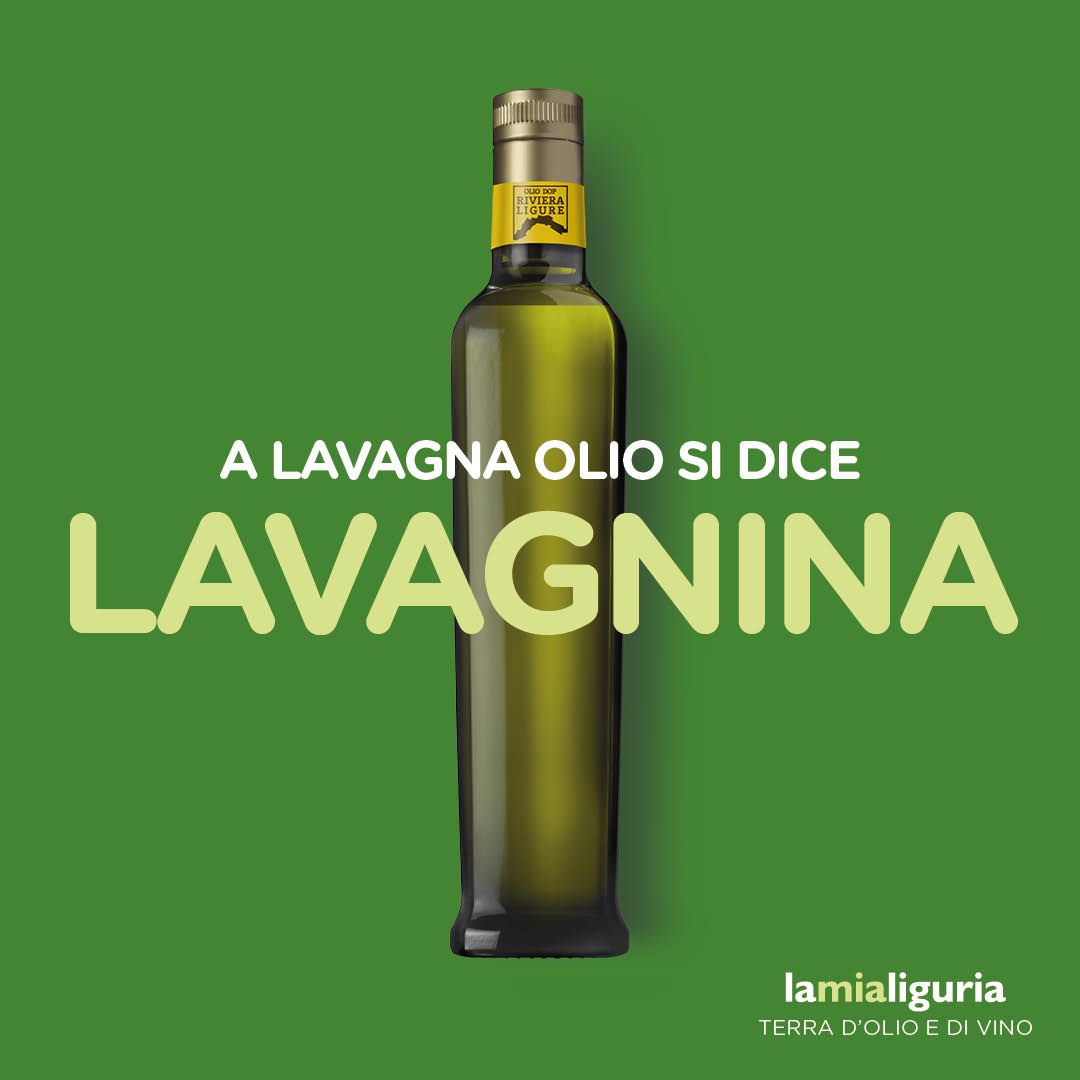Lavagnina

Lavagnina
The Lavagnina variety likely originates from the Taggiasca, to which it closely resembles. It can be found in Genoa and the Levante region of Liguria, particularly in the Chiavari area.
Insights
In the Pegli and Voltri districts of Genoa, its cultivation dates back to the 3rd millennium BC, while on the mountain slopes, it began in the late 18th century. The harsh frost of 1709 significantly damaged the olive groves, and it is probable that Taggiasca grafts were imported from the relatively unaffected western Liguria to replenish the olive stock.
Features
Lavagnina olive trees are very large, reaching heights of 15-16 metres, and are highly resilient. The leaves of this variety are elongated and regular, dark green and shiny on the upper side, with a greyish-green hue on the underside. The fruit is cylindrical and elongated, slightly swollen at the base. When ripe, it turns a purplish-black colour, with a soft, very oily flesh. Lavagnina olive oil is smooth and pleasant, well-balanced with sweet notes typical of the regional flavour profile. The olives are also suitable for the table.
How it's made
In the kitchen
Lavagnina olive oil is highly appreciated when used with white meats and fish.
Conservation
It should be stored in a cool, dry, dark place, ideally between 12 and 18 degrees Celsius, as the decomposition of polyphenols and other components in high-quality extra virgin olive oil is accelerated by exposure to external factors such as light and heat.
Events
Pane e Olio in Sestri (August)
Olive Oil Festival in Leivi (August)
Experience a journey through ligurian flavours
- Recipes
- Itineraries
- Experiences



